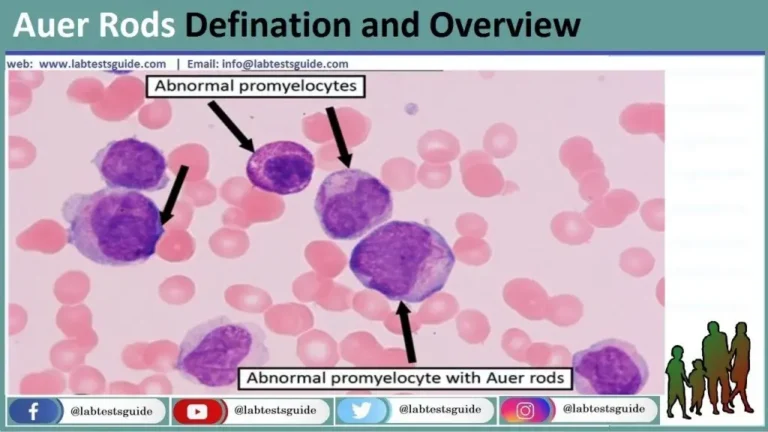Basophils are a type of white blood cell. Although they’re produced in the bone marrow, they’re found in many tissues throughout your body.
They’re part of your immune system and play a role in its proper function.
If your basophil level is low, it may be due to a severe allergic reaction. If you develop an infection, it may take longer to heal. In some cases, having too many basophils can result from certain blood cancers.

Also Known as: Basophil
Cells Panel: Neutrophils, Lymphocytes, Monocytes, Eosinophils, Basophils
Structure of Basophil:
- Basophils are slightly smaller than neutrophils and eosinophils at 8–10 µm in diameter.
- Neucleus: Bilobes, Clumped Chromatin
- Cytoplasm: Large, Coarse Purplish Granules Obscuring the neucleus
- The granules of basophils stain best with basic (alkaline) stains.
- Basophils contain large granules that pick up a dark blue stain and are so common they may make it difficult to see the two-lobed nucleus.
Function of Basophil:
These cells are involved in immune responses to parasites. They have IgE receptors and the granules are released when the cells bind IgE. These cells also accumulate at sites of infection, and the release of prostaglandins, serotonin and histamine help to increase blood flow to the area of damage, as part of the inflammatory response. The degranulation – release of histamine also plays a role in allergic reactions such as hay fever.
Referance Ranges:
| Test Name | Male | Female |
| Basophils | 0.3 – 1 % | 0.3 – 1 % |
Basophils Increased in:
Basophil Decreased in:
- Hyperthyroidism.
- Stress.
- ovulation.
Related Articles:
Possible References Used







